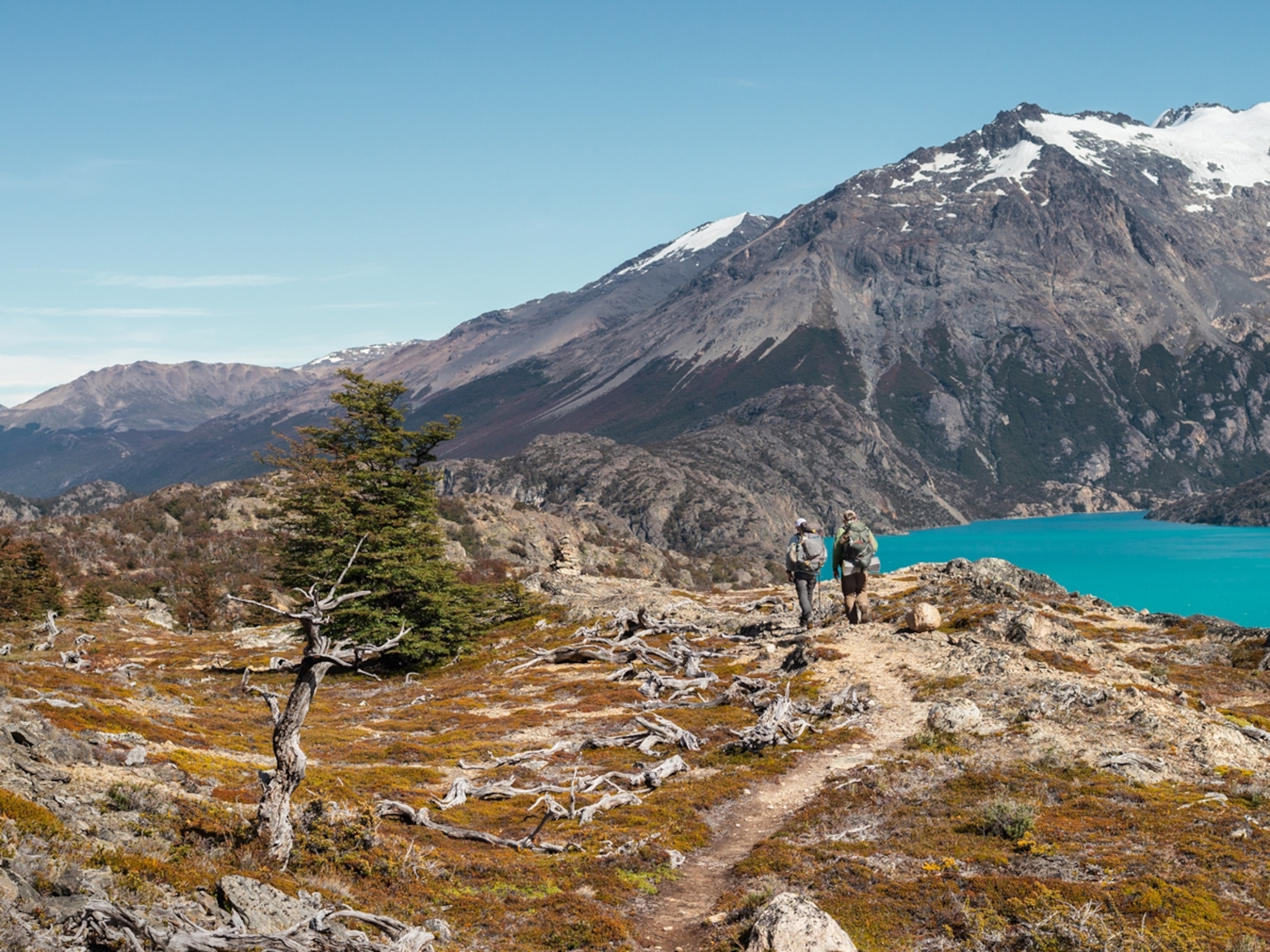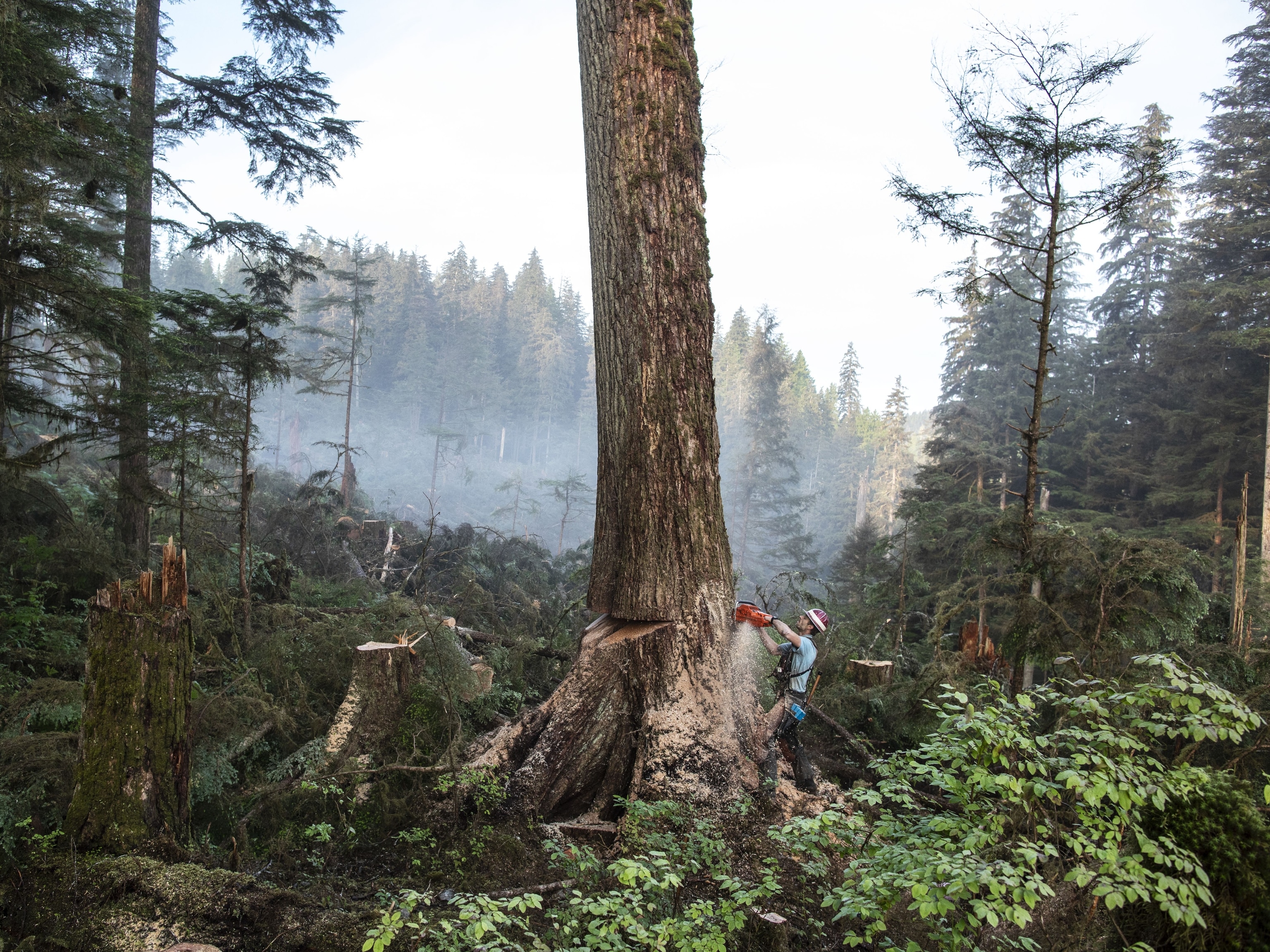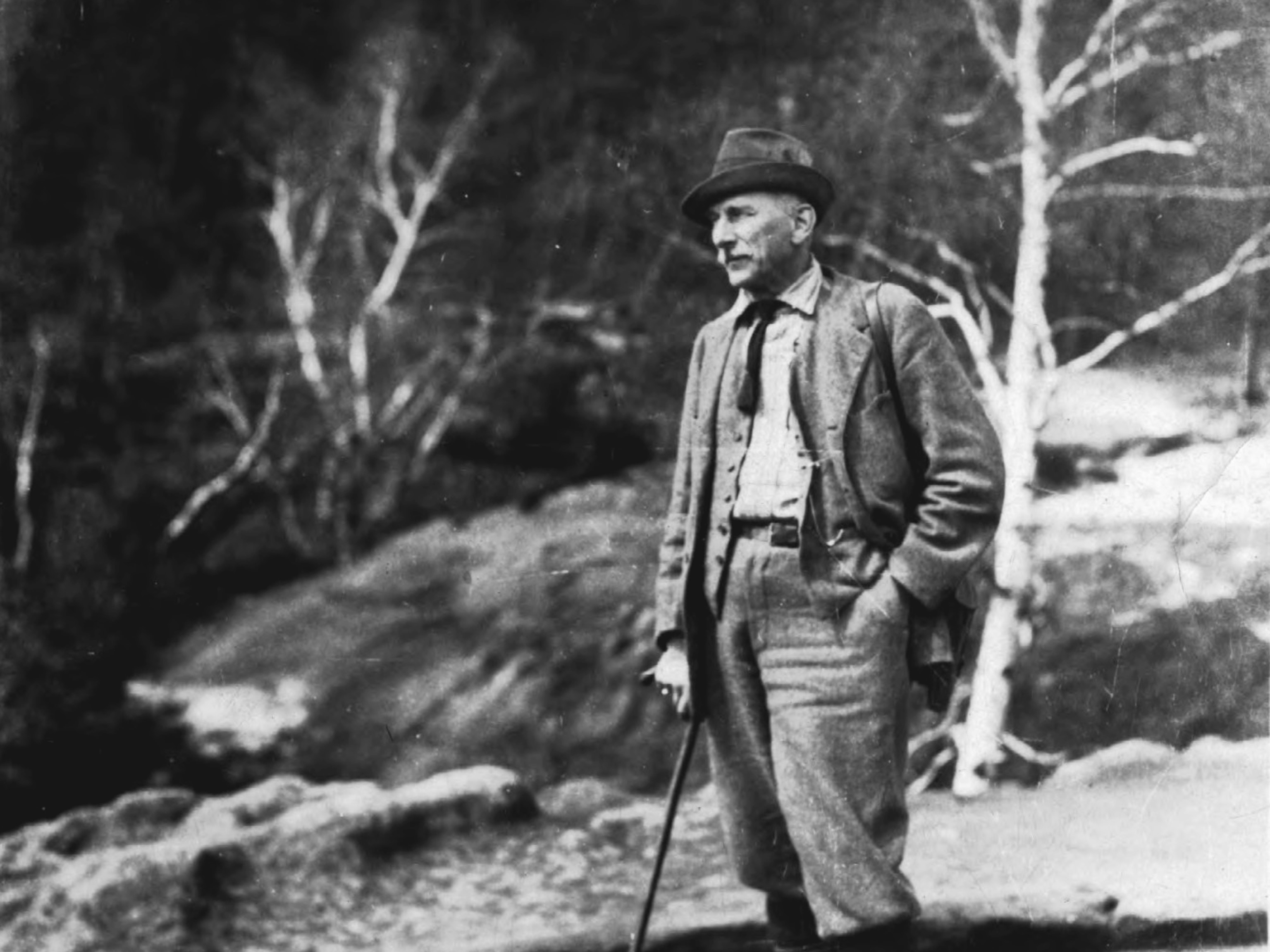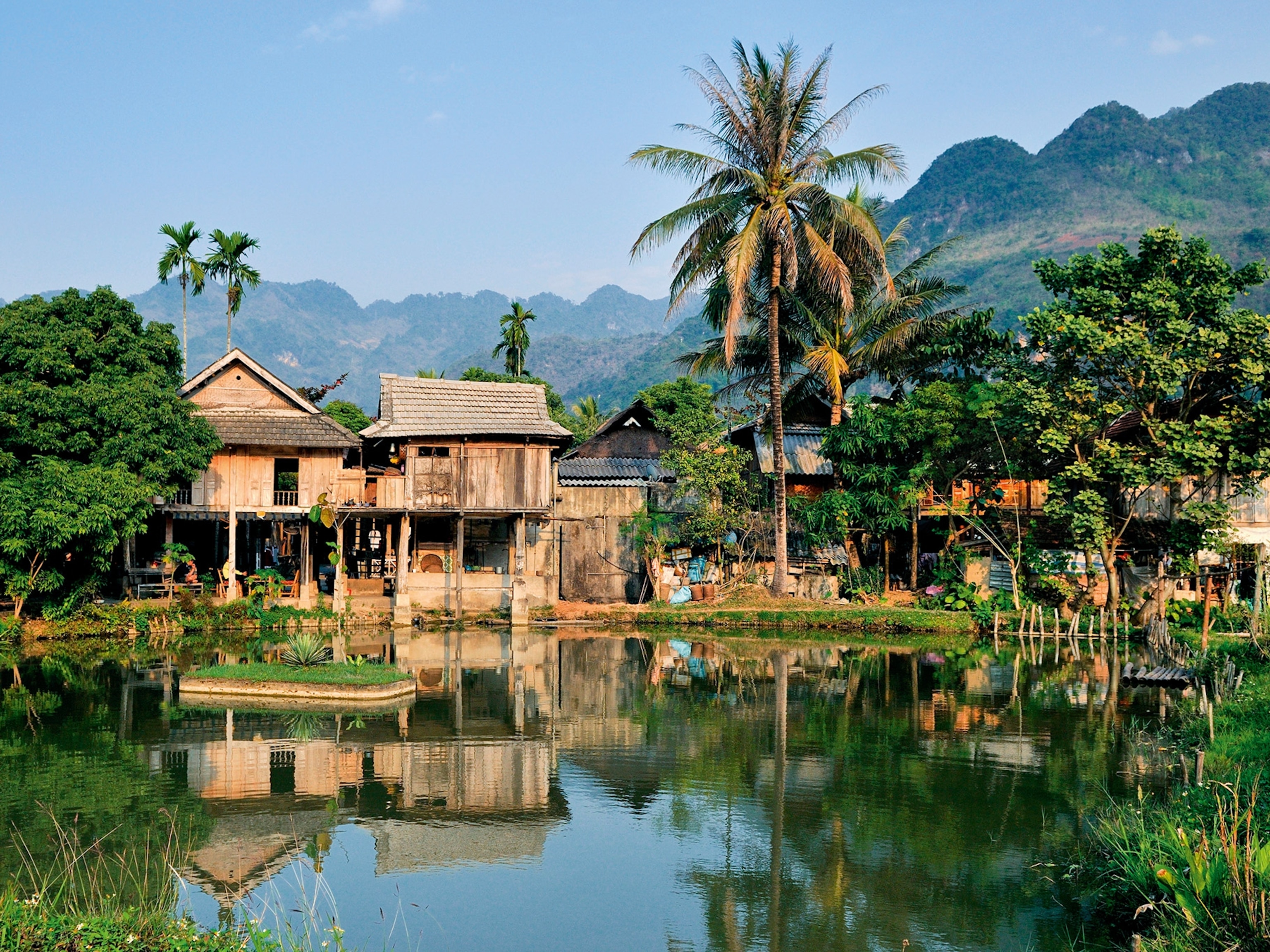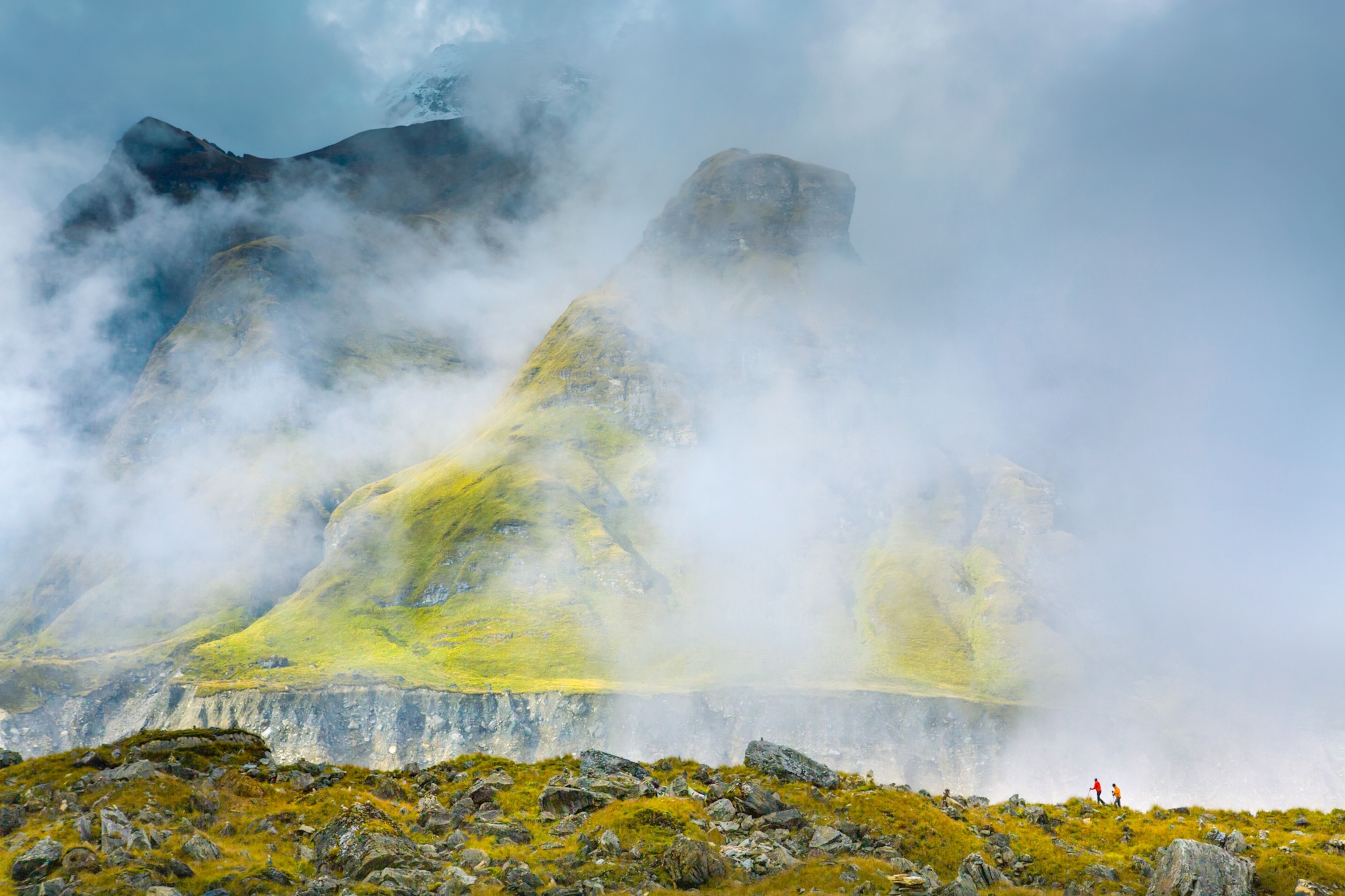
This Himalayan hike skims the clouds—without Everest crowds
As climbing season in Nepal starts, the trek to Annapurna Base Camp is a less trafficked way to get close to some of the world’s tallest peaks.
Compared with the more well-known trek to Everest’s Base Camp, the hike to Annapurna’s staging area offers lower elevations and fewer fellow trekkers. And unlike the popular Annapurna Circuit, it allows hikers to head deep into the Annapurna range, rather than going around its perimeter.
Return to tourism
With some of the world’s tallest summits, Nepal is a top trekking destination. A devastating 2015 earthquake and the pandemic have kept travelers away for the past few years, but now adventurers are coming back. “It feels intimate because the mountains feel really close,” says photographer Emily Polar about the Annapurna Base Camp trek, which provides epic views of legendary peaks Dhaulagiri and Machapuchare.
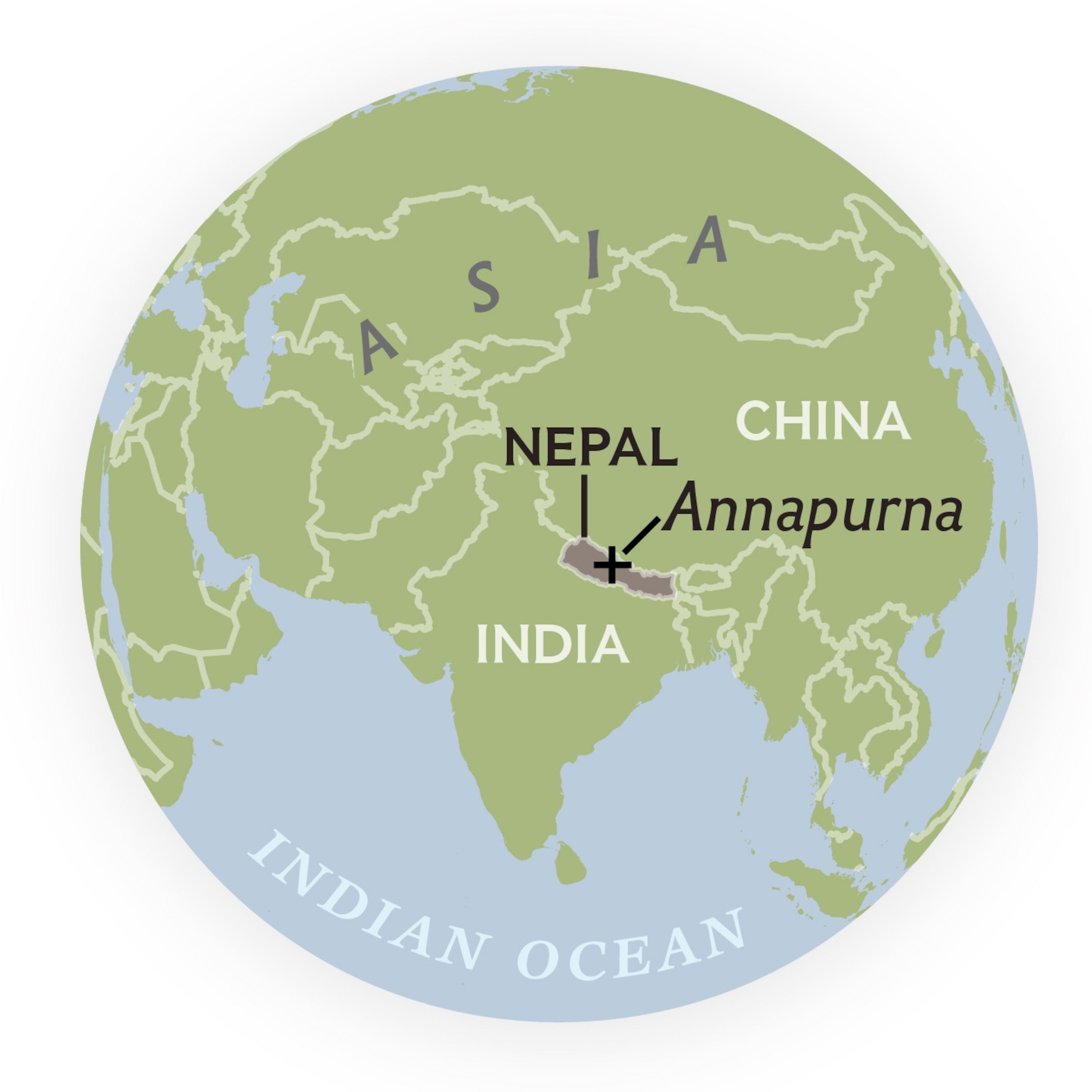
The route
The Annapurna Base Camp hike is a multiday, customizable loop best undertaken in spring or autumn, to avoid the monsoon rains. Hikers can fly into Kathmandu and make their way to Pokhara to start the trek either solo or with a guide. Local teahouses serve as the backbone of the trail experience and provide rustic accommodations, cultural connections, and food. All-you-can-eat dal bhat, Nepal’s traditional savory lentil-and-rice dish, is especially popular with hungry trekkers.
The landscape
The route traverses a range of ecological zones, all located within Nepal’s first designated conservation area and its largest protected region. It meanders through lush forest (you might glimpse a Nepal gray langur monkey here), past waterfalls and terraced fields, before emerging into a landscape of steep rock faces and snowcapped peaks. ”You’re hiking into a cirque, an amphitheater of mountains, that really frames the whole base camp,” says Polar.
By the numbers
26,545: Height of Annapurna I, in feet
13,550: Altitude at Base Camp, in feet
1977: Year the Annapurna region opened to foreign trekkers

